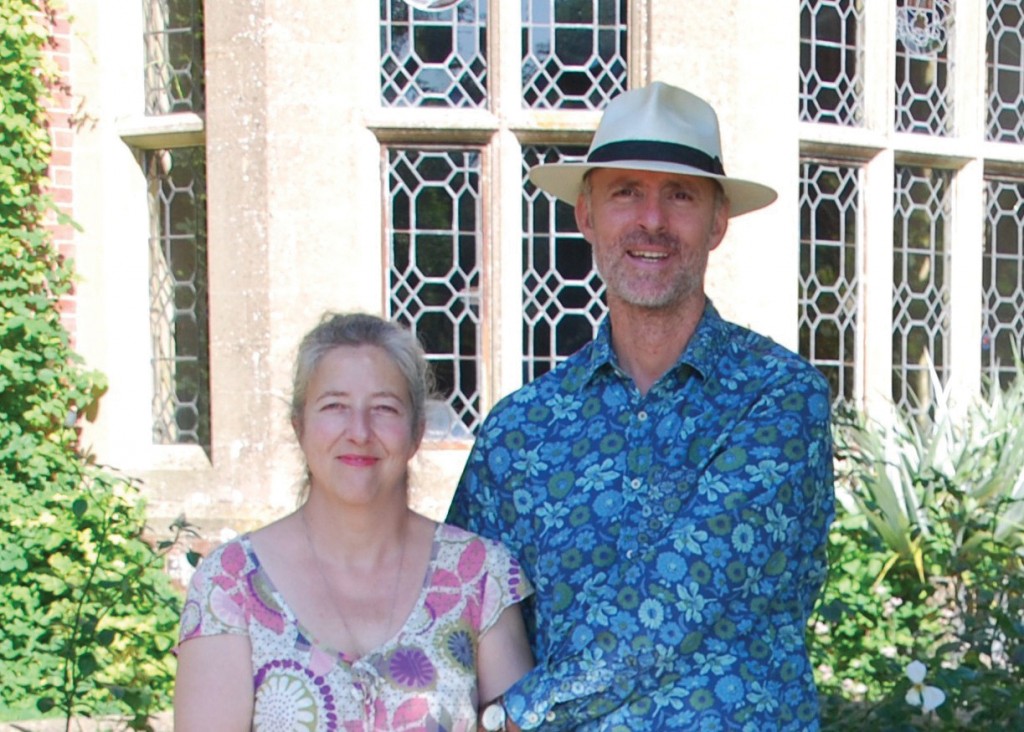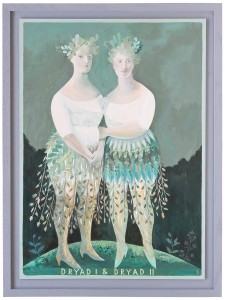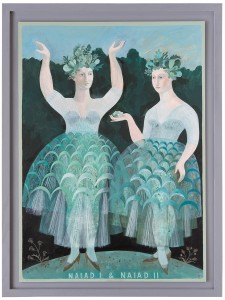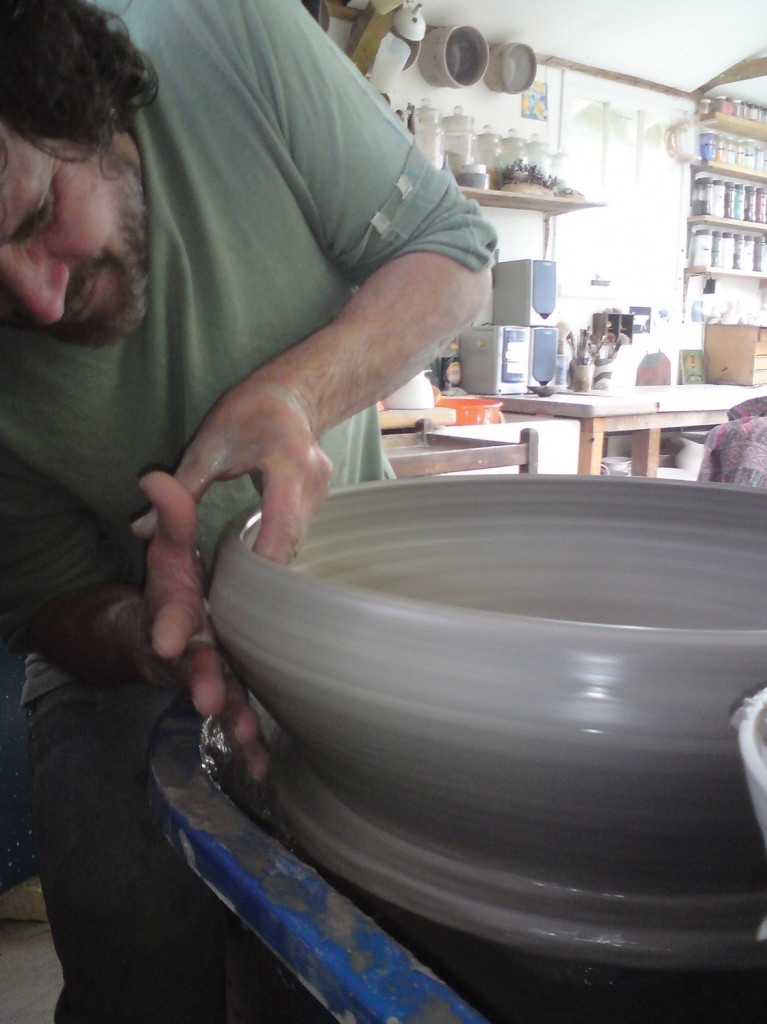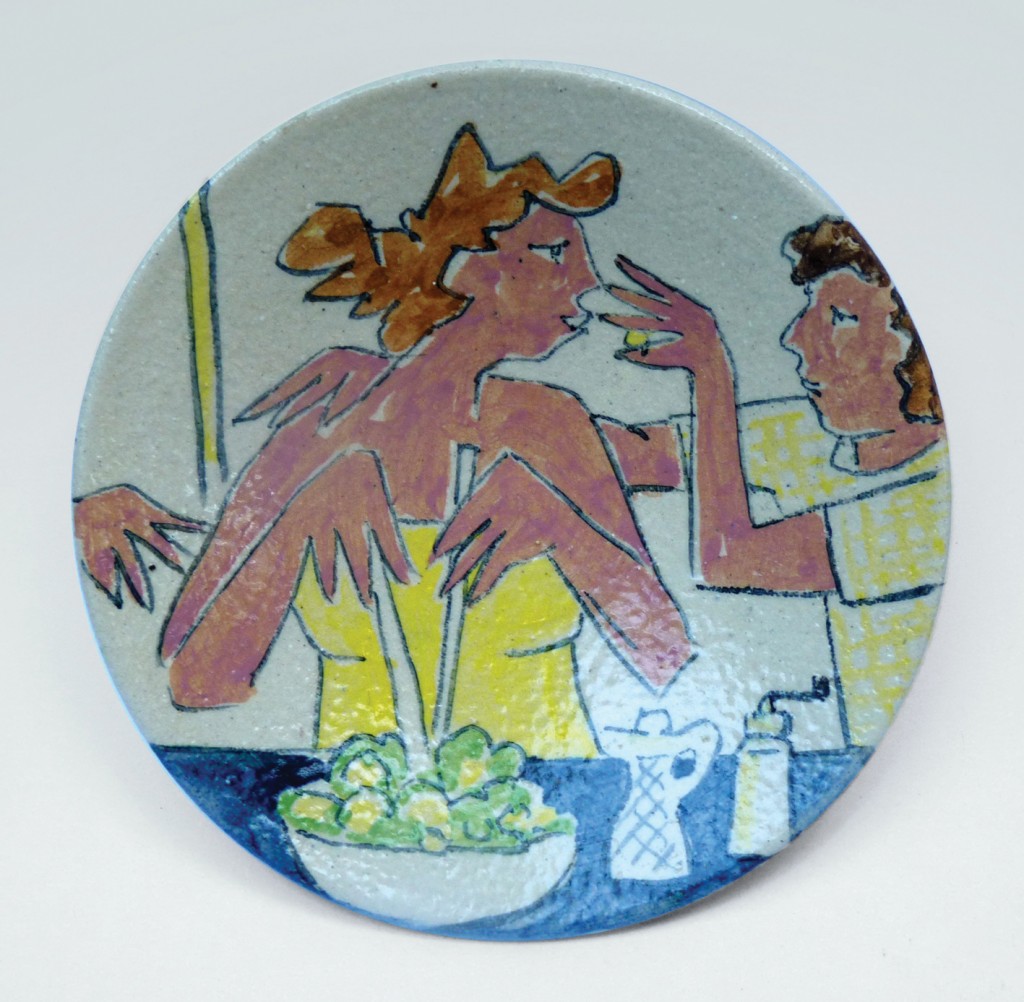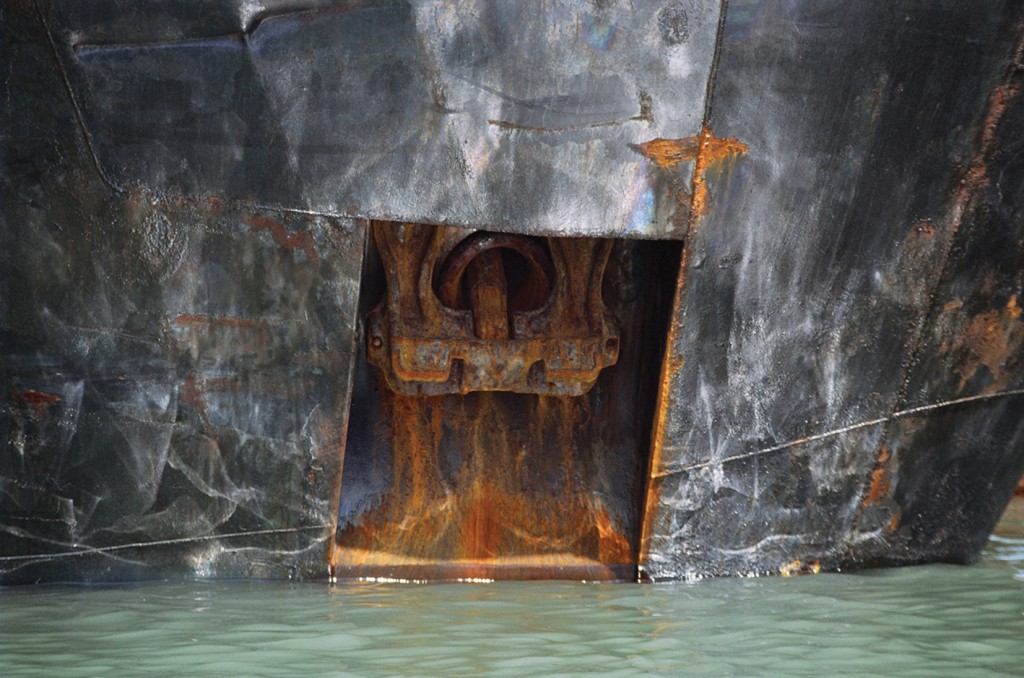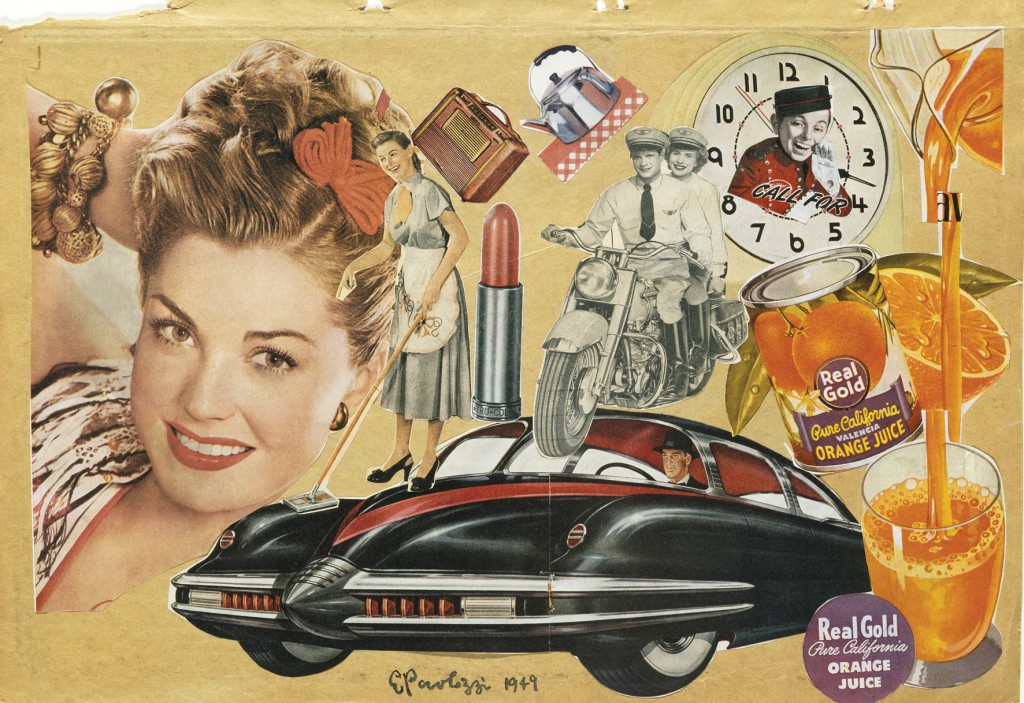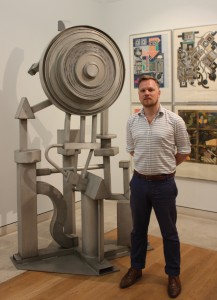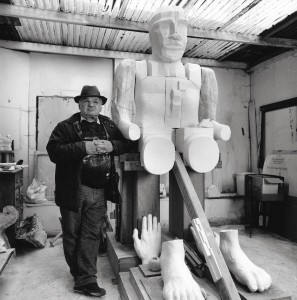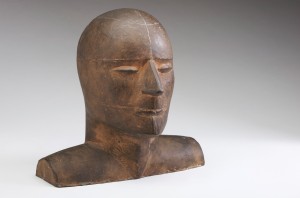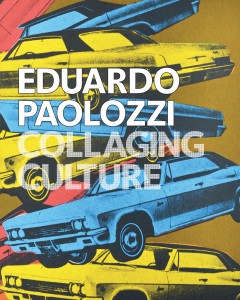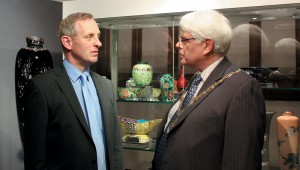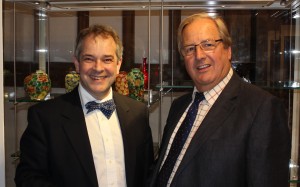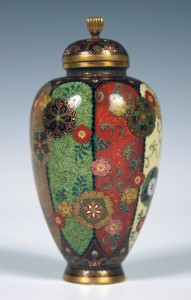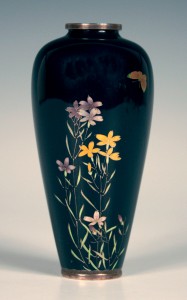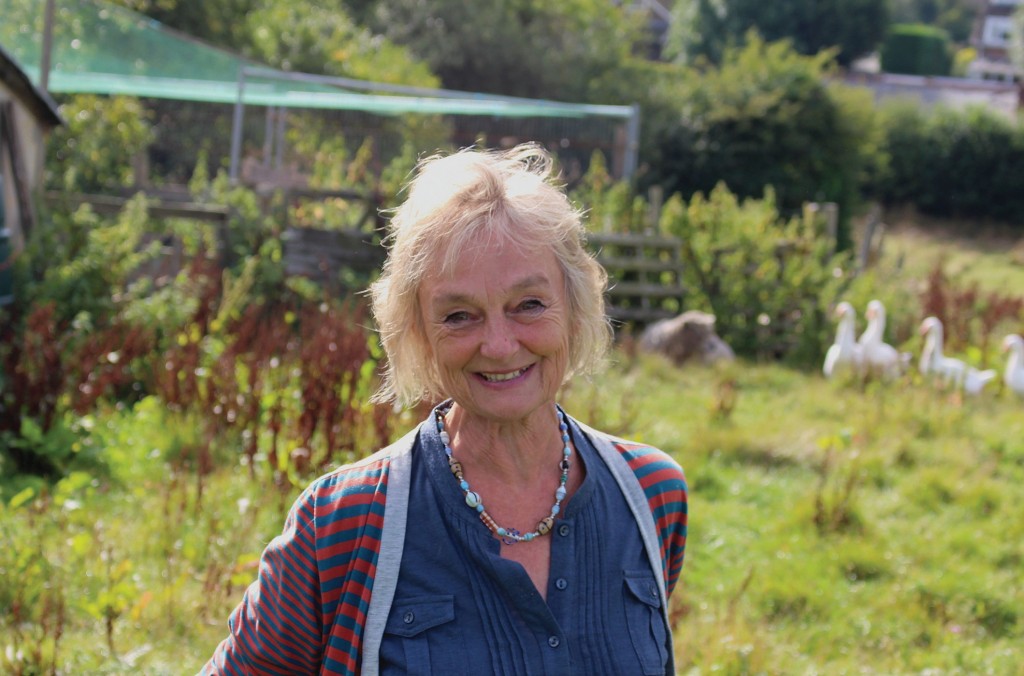
This week I am with the Washington-based artist, Alison Milner Gulland, whose exhibition of Icons is being held at the parish church of St Nicholas, Arundel this coming weekend. Alison gives voice to her artistic imagination through the media of oil, watercolour, collage, print-making and ceramics. The lyrical and textual qualities of her work combine with her rich earthy palette to unite subject and medium.
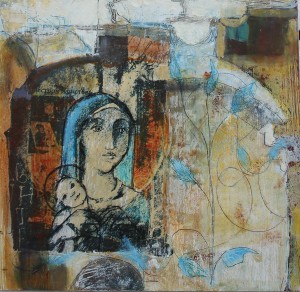
Alison Milner Gulland’s inherent themes and subjects include: landscapes, music, musicians and Icons. I ask Alison where her inspiration to paint Icons comes from. Talking about the ‘Madonna and Child’ illustrated here she answers “The inspiration for this Icon came from a sketch I made at a Sussex Historical Churches Trust talk at St Mary’s in West Chiltington.” I ask whether the image appeared in her imagination. “Yes” she replies emphatically and continues “The scratched, leaf tendrils are inspired by the medieval wall paintings there. I find shapes in things.” The tenderness of St Mary the Blessed Virgin and the Christ child is conveyed with an arresting clarity. Mary’s eyes are averted from us, she is lost in thought whilst the baby Jesus holds us with the intensity of his loving gaze. I adore that this scene is united with a particular church in Sussex. Alison’s Icons follow in, and draw inspiration from an ancient tradition. However, the methods she employs to create these images marks a distinct departure. This ‘Madonna and Child’ for example employs print, paint and collage to great effect, whilst the reds and blues show a faithfulness to the colours traditionally employed in depictions of St Mary.
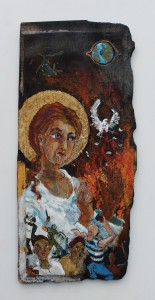
In contrast to the serenity of this scene is the less traditional Icon ‘The World Looks on’. Alison comments “I was inspired to create this work by the charred panel on which it’s painted.” She explains that the images came out of a deeply held concern for those caught up in conflict and in particular for two young men she had met in a Syrian bazaar selling jewellery. She had questioned the authenticity of a piece they offered for sale. This chance meeting and exchange led to Alison finding herself being dragged up a mountain by the two men to watch the setting sun, their lives united by this shared moment. And so this Icon reflects Alison’s continuing concern for these two young men and her hope that they are safe in the tumult of conflict in their country. But the image also speaks of conflict in broader terms. Beneath the military helicopter the dove, a symbol of the Holy Spirit, hope and peace is wounded. An angel holds out her hands in a gesture of concern and blessing whilst rioters in this country and combatants abroad fight and destroy in the sight of the whole world, in the sight of all of us.
The process of painting Icons is often termed Icon writing. Writing an Icon is described as a form of prayer, each brushstroke inspired by a form of meditation and reflection. Alison’s working process reflects this. Those that write Icons speak of the importance of being at peace with themselves. To me there is a quality of prayer in these Icons and Alison is at peace in her art and her landscape.
Her Sussex downland landscapes are inspired by memories of riding on horseback through the countryside. “In my imagination the rhythm of the horse combines with the movement in the landscape” she explains. Imagination and memory synthesize enabling her to commit the Downs’ enfolding curves, ancient paths, chalk, pasture and fields to canvas and paper. These landscapes like ‘Moonlight’, illustrated here, are rhythmic. They express something of the ancient and the present.
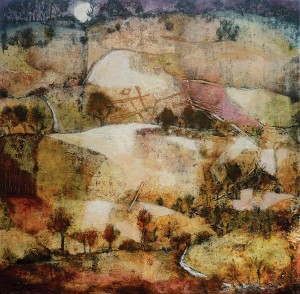
Alison’s Icons invite us to take time to reflect on the needs and blessings of the world, and the part we must play in it. They stimulate thoughts in our imaginations and our hearts and as they do so we find we are engaged in a silent conversation giving expression to our hopes and concerns – which of course is prayer. Perhaps an Icon by Alison Milner Gulland might speak to you and afford an invitation to meditation and prayer at home.
Icons can be viewed at St Nicholas’ Parish Church, Arundel between 9.30am and 4.30pm from Saturday 28th September to Tuesday 1st October 2013. I hope to see you there!
Alison Milner Gulland’s works including musicians and landscapes are also being shown at the Menier Gallery, London as part of The Society of Graphic Artists 92nd annual open exhibition from 30th September to 12th October; also at the Hop Gallery Lewis and the Moonlight Gallery Hove this autumn.
By Revd. Rupert Toovey. Originally published on 25th September 2013 in the West Sussex Gazette.
